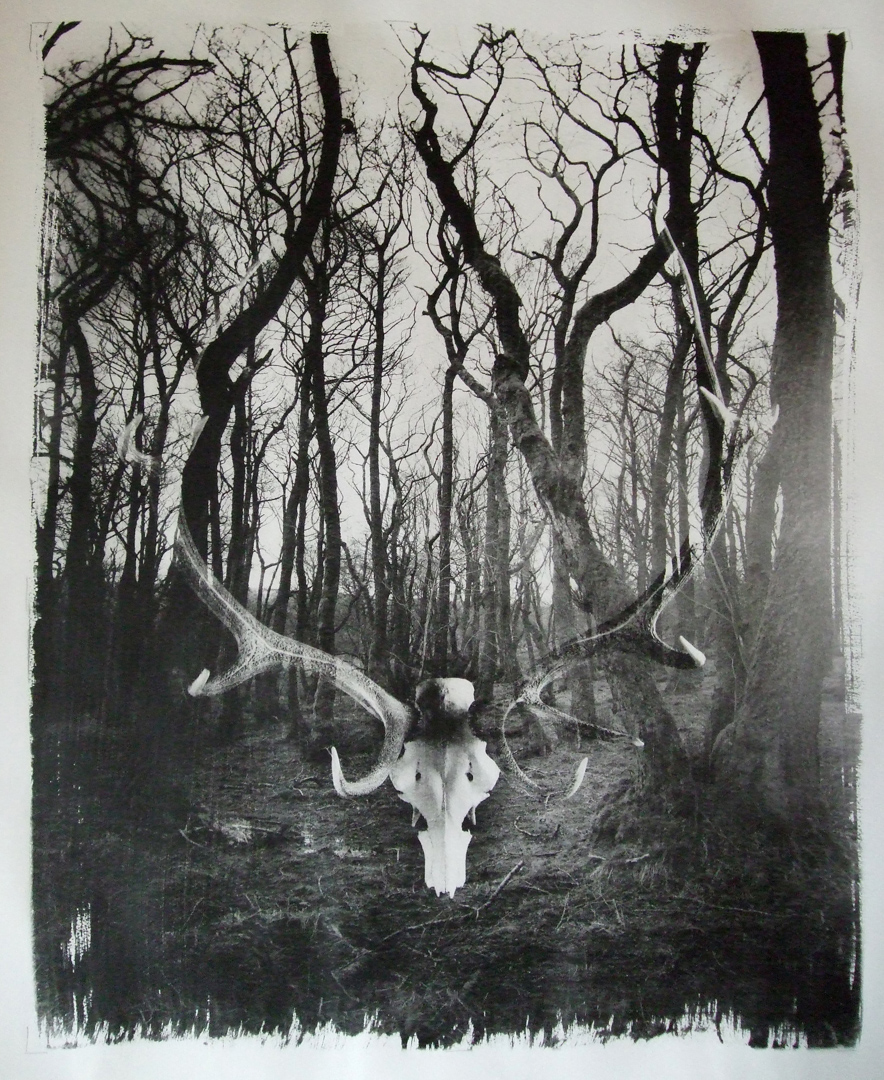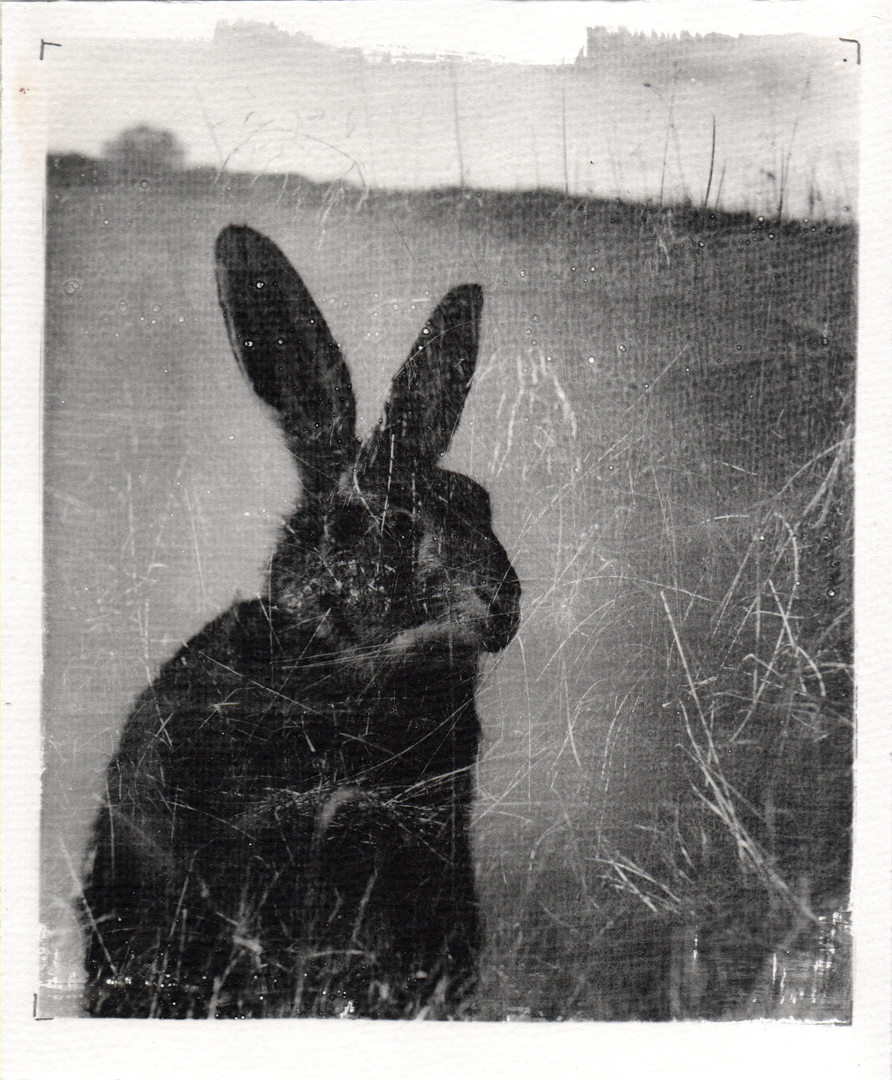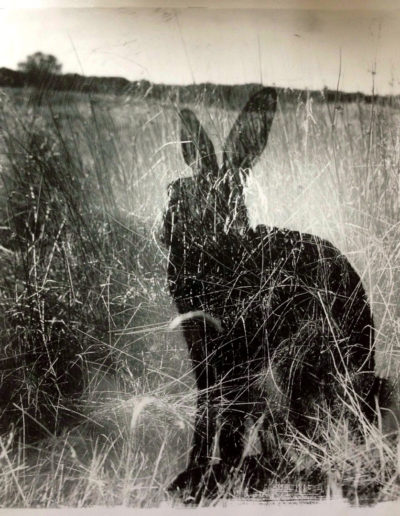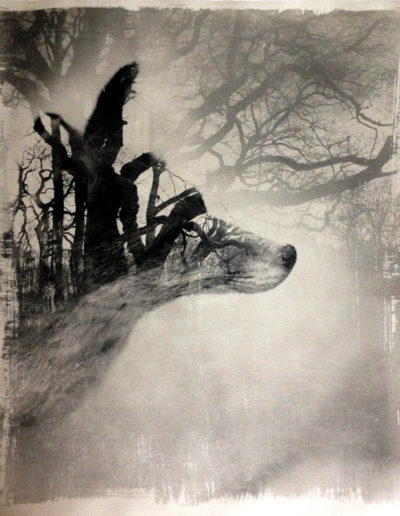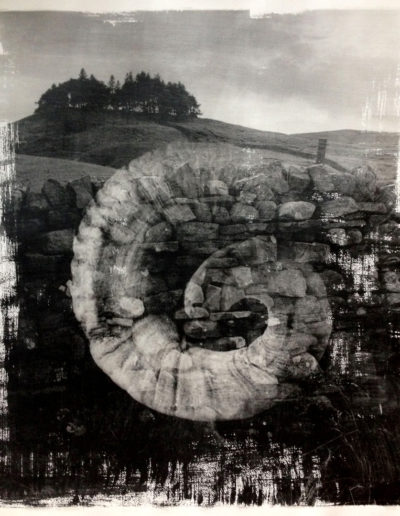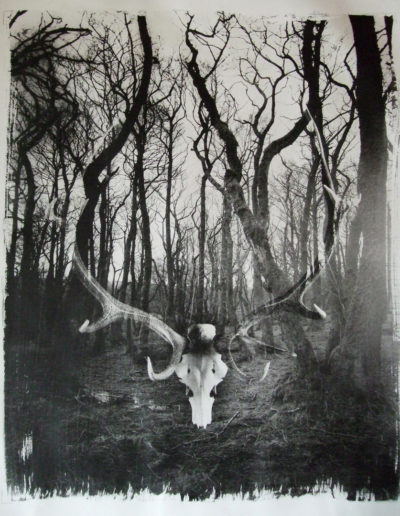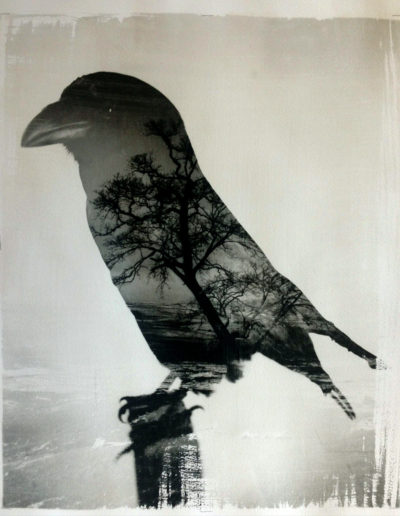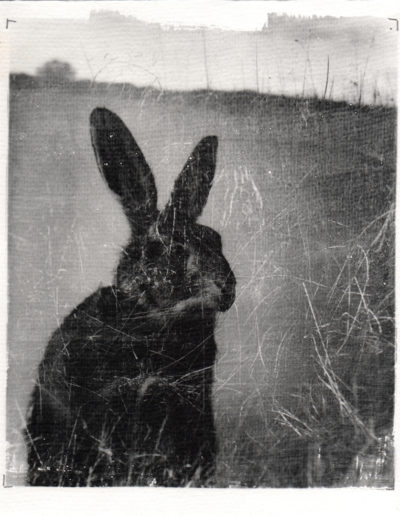My photography has always been inspired by the landscape, it’s history and the complex relationship that exists between man and the land. While an awareness of the history of a place is an important element of my work and research often inspires me to visit a new place to take my pictures, it is always my aim to create photographs which draw from the atmosphere of the landscape rather than being purely editorial and in so doing connect to the land and express an emotional response to the location communicating to the viewer the feel of the environment and the elements.
Over the last few years my attention has become more and more focused on the landscape of the Northern Pennines close to my home in County Durham. In doing so I have been able to delve much deeper into its history then I have before. Consequently I have not only been able to greater appreciate its raw rugged beauty, created over thousands of years by geology, weather and man’s intervention but I have also discovered the wealth of folklore and mythology which weaves through every part of it, much of it dark and weird, Robert Mcfarlane describes this eerie sense of place perfectly as “the skull beneath the skin of the English landscape” where folk memory and land become one.
In the Dáinn Series which forms a new direction for my work. Inspired by these folkloric traditions of the countryside around me I have combined still life with my own style of landscape photography through in-camera double exposures to create photographic montages. The motivation for this came from a desire to create a narrative within my photographs, to try and explore and convey a sense of these stories. The title itself comes from the Old Norse (who probably settled in my region around the 10th century) and roughly means “The Dead One” and is one of the names of the four stags which feed upon the branches of Yggdrasill the World Tree, who are thought to represent the four seasons “The Dead One” perhaps was meant to embody the cold darkness of winter.
All the photographs are printed by myself using liquid silver emulsion hand coated onto stretched watercolour paper, some of the early pictures within the series such as Mirkwood are meant to conceptualize the more broader ideas and themes such as the image of the stag horned God personified by Celtic deities such as Cernunnos or Herne The Hunter of the Saxons, but as the collection has progressed images such as the Witch Hare draw on more specific tales. That particular work represents the legend of Auld Nanny Pearson who could transform herself into a hare to evade capture, it was said that “hunters were told not to let slip a black dog of theirs when this witch was in hare form” in case it never returned. This project is far from over for me, the deeper I research the more I discover to inspire future work.
Selected images from Graham’s Dáinn Series series are shown below. (click to view image at full size / format)
ABOUT GRAHAM VASEY
Graham Vasey is a photographic artist based in the Northeast of England. The use of traditional techniques form the back bone of his work and help him express the atmosphere of the wild landscapes he explores. He is currently represented by Gallerina Contemporary Fine Art Gallery and has had work shown in numerous publication and exhibitions including the 2015 Actinic Alternative Photography Festival in Edinburgh.
Website: grahamvasey.com
Blog: grahamvasey.wordpress.com
Twitter: @Gvaseyphoto
CREDITS
Unless otherwise stated, all words and images in this article are © Graham Vasey

